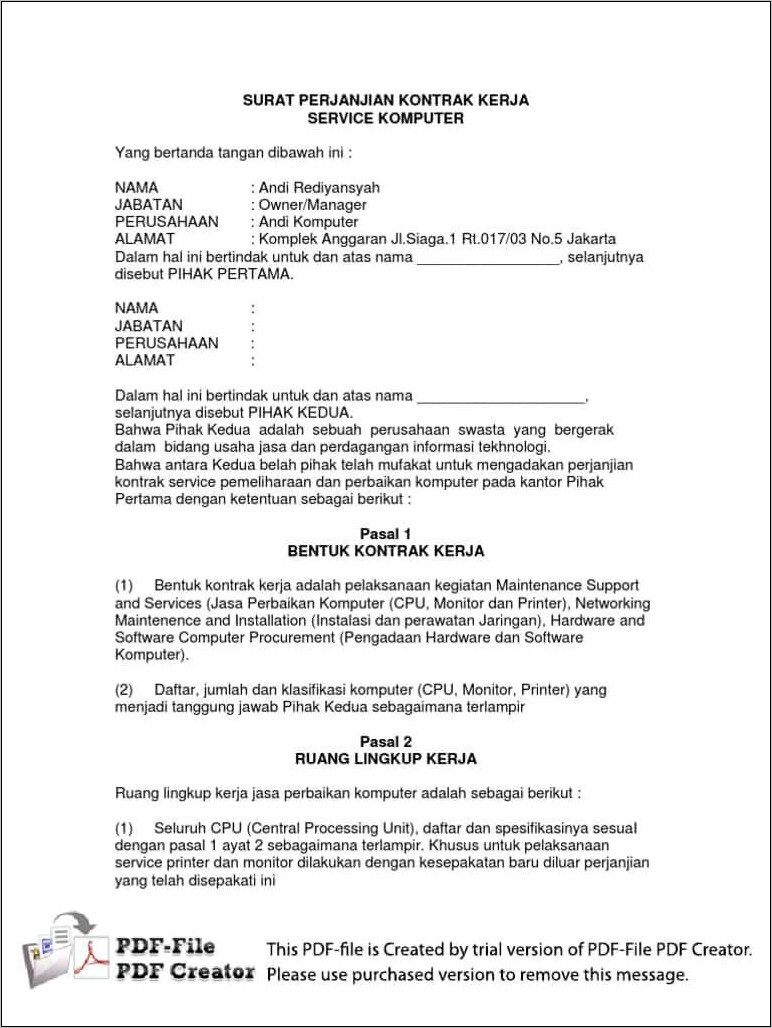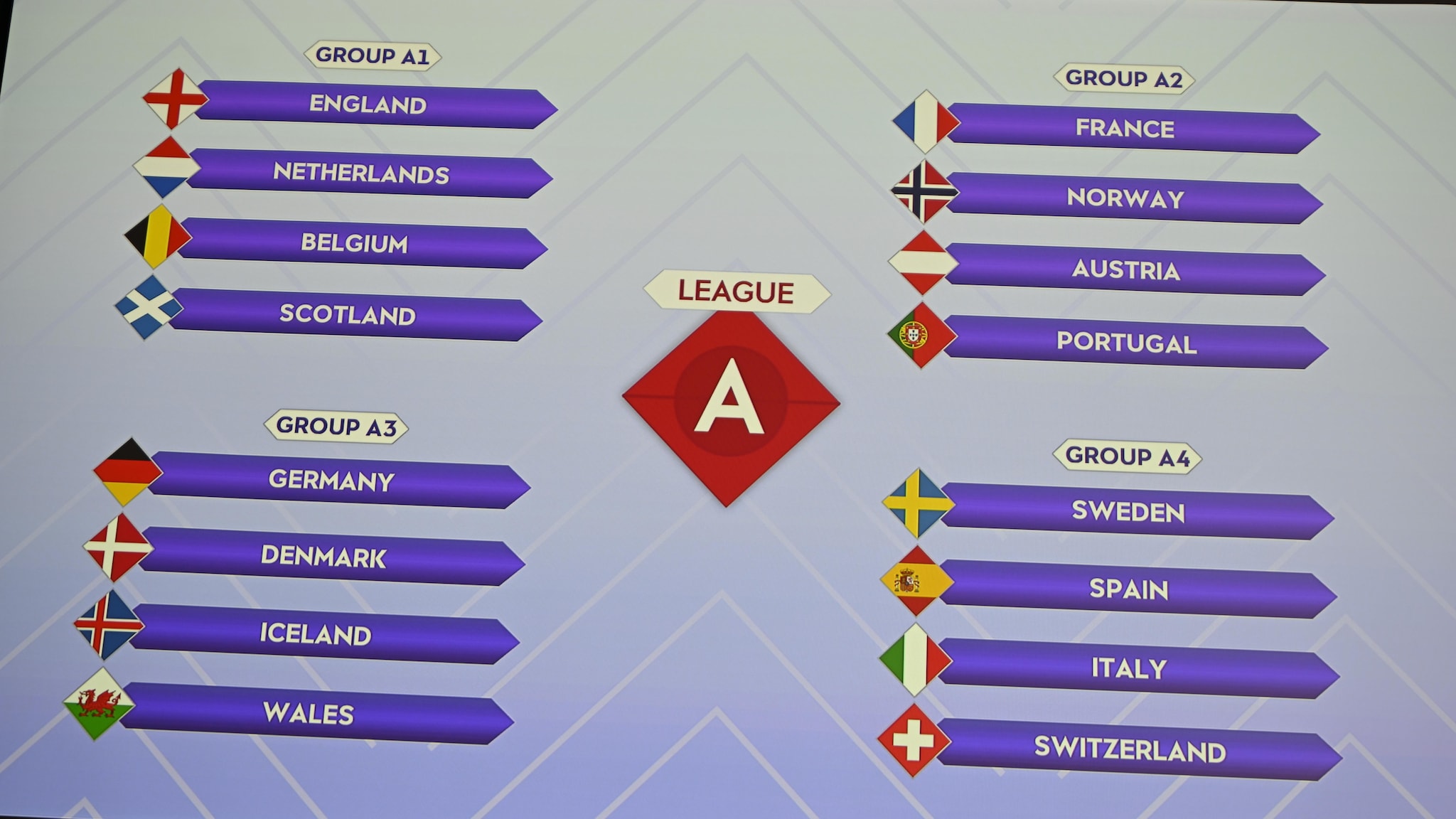Innovative Tariff Model: Dutch Utilities Harness Solar Energy

Table of Contents
Decentralized Energy Production and the Smart Grid
The success of widespread solar energy adoption hinges on a robust and intelligent energy infrastructure. In the Netherlands, this translates into a decentralized energy production model supported by a sophisticated smart grid.
The Role of Smart Meters and Data Analytics
Smart meters are fundamental to this decentralized system. They provide real-time monitoring of both energy production from solar panels and household consumption. This continuous data stream is crucial for optimizing energy distribution and maintaining grid stability. Data analytics further enhances this process by identifying patterns and inefficiencies, allowing utilities to dynamically adjust energy pricing based on real-time demand and supply. This dynamic pricing model incentivizes consumers to use energy wisely and efficiently. Examples of Dutch utilities effectively using smart grid technologies include Eneco and Alliander, who are investing heavily in smart meter rollouts and advanced data analytics platforms.
- Improved grid management: Smart grids enable proactive management of energy flows, minimizing disruptions and maximizing efficiency.
- Reduced energy waste: Real-time data allows for immediate identification and reduction of energy losses within the system.
- Increased grid efficiency: Dynamic pricing and optimized energy distribution lead to a more efficient and resilient energy grid.
Community-Based Solar Projects and Shared Ownership
Another significant aspect of the Dutch approach is the rise of community-based solar projects. These initiatives allow multiple households to collectively invest in and share the benefits of a large-scale solar installation. Shared ownership models significantly reduce the upfront costs associated with solar panel installation, making solar energy accessible to a broader range of consumers. Successful examples of community solar projects can be found throughout the Netherlands, demonstrating the feasibility and popularity of this collaborative approach.
- Increased affordability: Shared ownership drastically reduces individual investment costs.
- Enhanced community engagement: These projects foster a sense of shared responsibility and environmental stewardship.
- Reduced environmental impact: Collective solar power generation reduces reliance on fossil fuels and minimizes carbon emissions.
Innovative Tariff Structures for Solar Energy Consumers
Dutch utilities are not only modernizing the grid infrastructure but also introducing innovative tariff structures to incentivize solar energy adoption.
Feed-in Tariffs and Net Metering
Feed-in tariffs provide a crucial incentive for solar energy generation by compensating consumers for the excess electricity they feed back into the grid. Net metering complements this by allowing consumers to only pay for their net energy consumption (the difference between consumption and generation). The effectiveness of these schemes varies, with some offering higher compensation rates than others, impacting the overall attractiveness of solar energy investment for consumers.
- Increased solar adoption: Financial incentives encourage a significant increase in solar panel installations.
- Financial incentives for consumers: Feed-in tariffs and net metering create tangible economic benefits for solar energy users.
- Support for renewable energy development: These policies directly support the growth of the renewable energy sector.
Dynamic Pricing and Time-of-Use Tariffs
Dynamic pricing models adjust electricity prices based on real-time energy demand and supply. Time-of-use tariffs offer lower prices during off-peak hours, incentivizing consumers to shift their energy consumption away from peak demand periods. Several Dutch utilities are actively offering these dynamic pricing and time-of-use tariffs, encouraging more efficient energy consumption and improved grid stability.
- Reduced peak demand: Shifting energy consumption to off-peak hours reduces strain on the electricity grid.
- Improved grid stability: Lower peak demand leads to a more stable and reliable electricity supply.
- Cost savings for consumers: Smart energy usage can result in significant cost savings for consumers.
Government Policies and Support for Innovative Tariff Models
The Dutch government plays a vital role in fostering the adoption of these innovative tariff models. Government policies, incentives, and regulations create a supportive environment for solar energy development and smart grid technologies.
- Financial incentives: Subsidies and tax breaks make solar energy installations more affordable.
- Regulatory frameworks: Clear regulations streamline the process of connecting solar panels to the grid.
- Investment support: Government funding supports research, development, and deployment of smart grid technologies.
Conclusion
The Netherlands is showcasing a remarkable dedication to renewable energy, with innovative tariff models at the heart of the widespread solar power adoption. Dutch utilities are leading this transition, leveraging smart grid technologies, community-based projects, and dynamic pricing to make solar energy both accessible and affordable. These initiatives not only decrease reliance on fossil fuels but also contribute to a more sustainable and resilient energy future.
Call to Action: Learn more about the innovative tariff models being implemented by Dutch utilities and explore how these models can inspire similar initiatives globally. Consider the potential of implementing an innovative tariff model in your region to accelerate the transition to sustainable solar energy.

Featured Posts
-
 Justice Department Concludes Longstanding Louisiana School Desegregation Case
May 03, 2025
Justice Department Concludes Longstanding Louisiana School Desegregation Case
May 03, 2025 -
 Kocaeli De 1 Mayis Kutlamalarinda Yasananlar Arbede Ve Detaylar
May 03, 2025
Kocaeli De 1 Mayis Kutlamalarinda Yasananlar Arbede Ve Detaylar
May 03, 2025 -
 Reform Party Defections Tories Question Farages Announcement
May 03, 2025
Reform Party Defections Tories Question Farages Announcement
May 03, 2025 -
 Understanding The Reasons Behind Male Eyelash Removal
May 03, 2025
Understanding The Reasons Behind Male Eyelash Removal
May 03, 2025 -
 Kunjungan Presiden Erdogan Ke Indonesia Rincian 13 Kesepakatan Kerja Sama Ri Turkiye
May 03, 2025
Kunjungan Presiden Erdogan Ke Indonesia Rincian 13 Kesepakatan Kerja Sama Ri Turkiye
May 03, 2025
Latest Posts
-
 England Women Vs Spain Women Match Preview Prediction And Lineups
May 03, 2025
England Women Vs Spain Women Match Preview Prediction And Lineups
May 03, 2025 -
 England Womens Nations League Kelly Called Up Following Injuries
May 03, 2025
England Womens Nations League Kelly Called Up Following Injuries
May 03, 2025 -
 Nations League Chloe Kelly Included In England Womens Squad
May 03, 2025
Nations League Chloe Kelly Included In England Womens Squad
May 03, 2025 -
 Catch The Wizarding World Holiday Marathon On Syfy A Viewers Guide
May 03, 2025
Catch The Wizarding World Holiday Marathon On Syfy A Viewers Guide
May 03, 2025 -
 Doubled Donations In Kendal Poppy Atkinson Fundraiser Update
May 03, 2025
Doubled Donations In Kendal Poppy Atkinson Fundraiser Update
May 03, 2025
